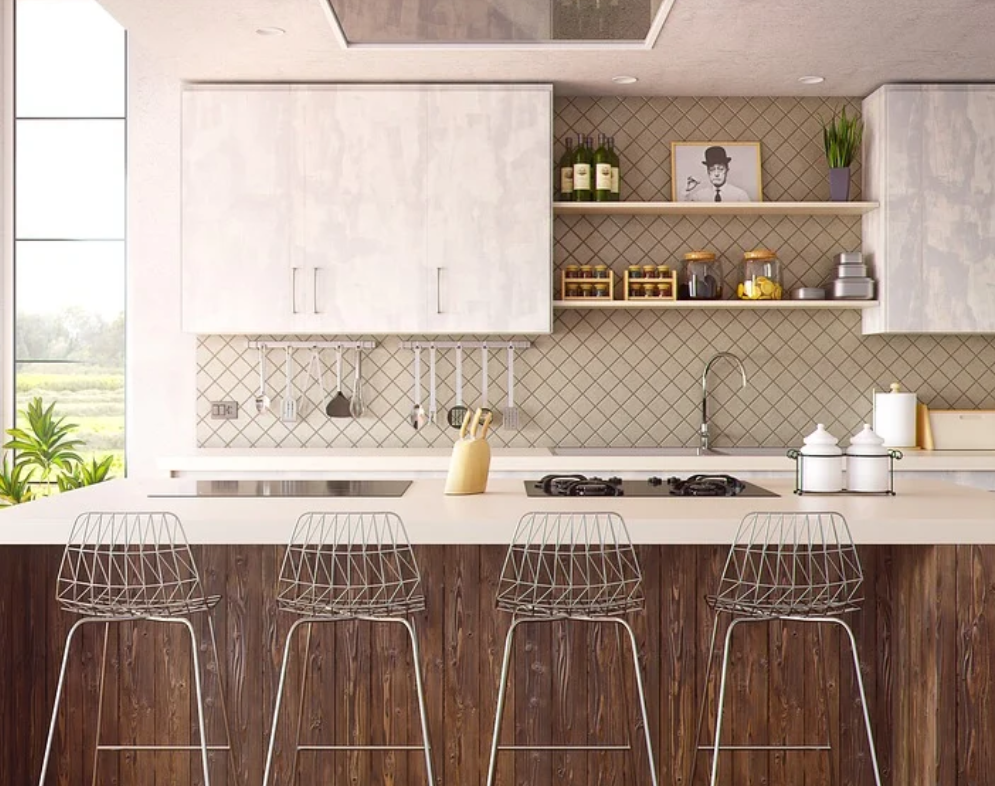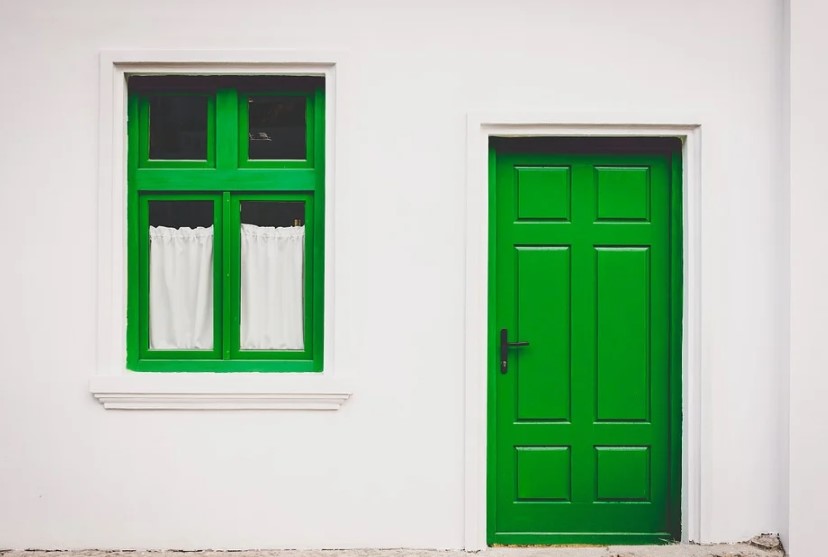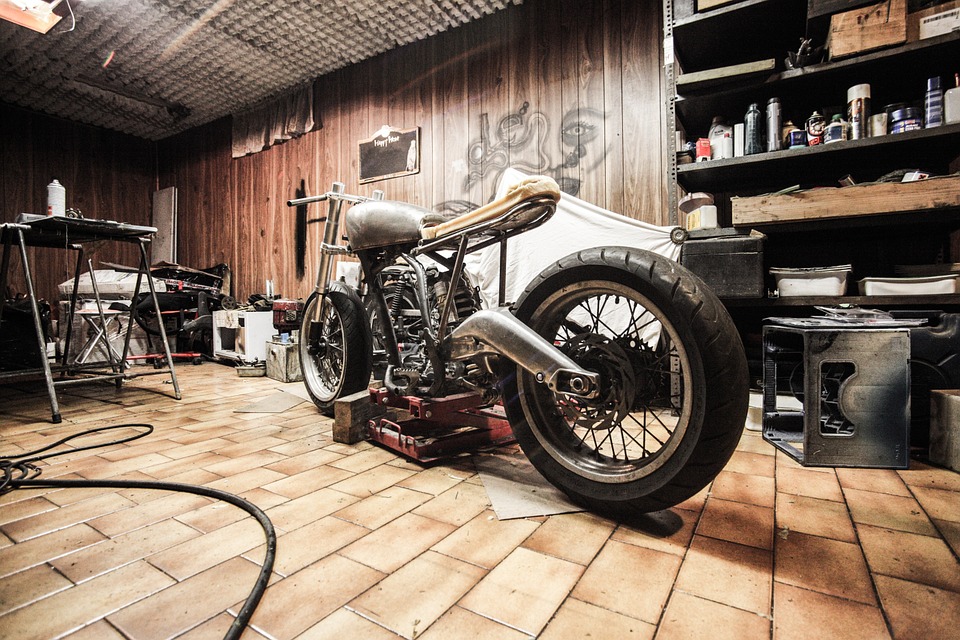
If you intend to freshen up some walls or paint the interior or the exterior of your home entirely, it is best to go with the services of professional home painters that can do the job to your requirement.
They will provide some extra help especially with more complex aspects of the remodel such as, exterior painting, and the ability to effectively complete the remodeling projects promptly while keeping their work to a high standard. This will allow the homeowner to complete the remodel in a more timely fashion.
Proper planning
Nowadays, home painting has grown and become a necessary part of every home decoration process, going wrong in this area will mean several other things are bound to be affected. But seeking the guidance of specialists, they will make sure that this will not happen.
Specialists have a well-organized way of carrying out their work in a planned manner. Not only will they help you select the right color but also help you pick the correct paint finish to be used, plus they will guide you in every step. An extra benefit of seeking advice from experts is that they know what will work and what won’t for your home; they will begin by inspecting the area that requires to be painted and then advise you on the best choice that suits that area.
Quality products
A good home painting service providers will guide you in choosing the best painting products. It is their job to help you pick quality emulsion paints so that the paint applications go smooth and the results are satisfying and long-lasting.
There are various surfaces, for example, cement walls, metal, and wooden surfaces that could be painted, and there are different paints specifically manufactured to paint these surfaces. You may not have the experience of knowing the best option to choose from, but paint experts will.
Faster results
A professional will undoubtedly understand how to manage time and labor in a limited time or schedule with the proper combination of expertise and knowledge in preparing surfaces, painting, and the finishing techniques. Expert home painting services come with an assurance of getting the wall painting job finished within a specific time.
This does not mean they will finish the project in a hurry. But, instead, they will estimate the total number of hours and days that the pre-painting and the complete drying time will take up. After you are aware of the period needed, you can organize your schedule accordingly and prepare for the wall painting job.
Quality tools
Top-notch tools and brushes also play a vital role in improving the finish. Types of equipment, brushes, and rollers have to be of the highest quality to guarantee that the painting job remains excellent for a prolonged time. The contractor will then inspect their work making sure that there are no strands of brush hair visible on surfaces and walls.
Summary
So when you are looking for a painting contractor to do your home painting, look for one who is trustworthy and respectful. When you hand over your home decoration and painting project in the hands of experts be assured of quality and creativity involved in it.
Not every person would know what would suit his home and professional help can prove to be helpful in such cases. A good home painting contractor can give your home the desired paint job without turning your world upside down. Always be thorough when selecting a painting team.
Thanks to our contractors friends at BGB Painting for these tips on finding a contractor.











